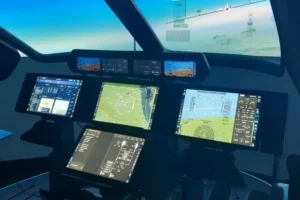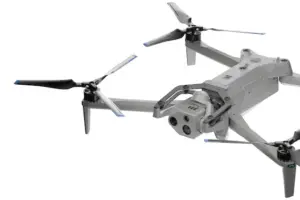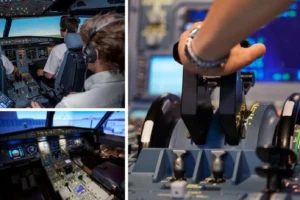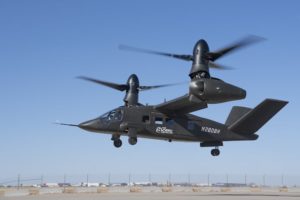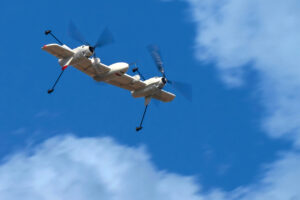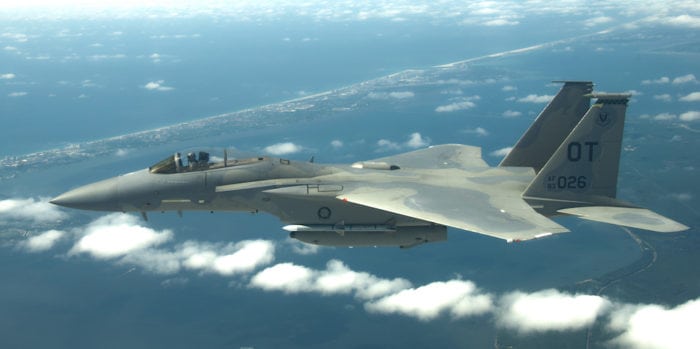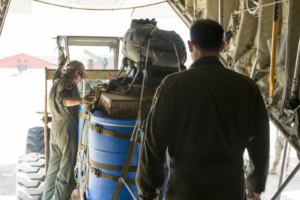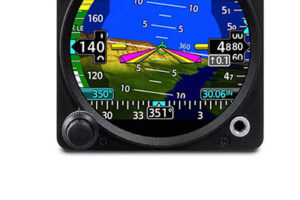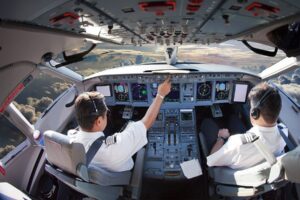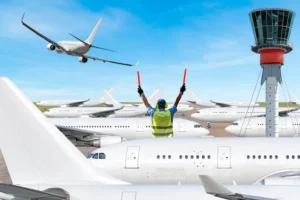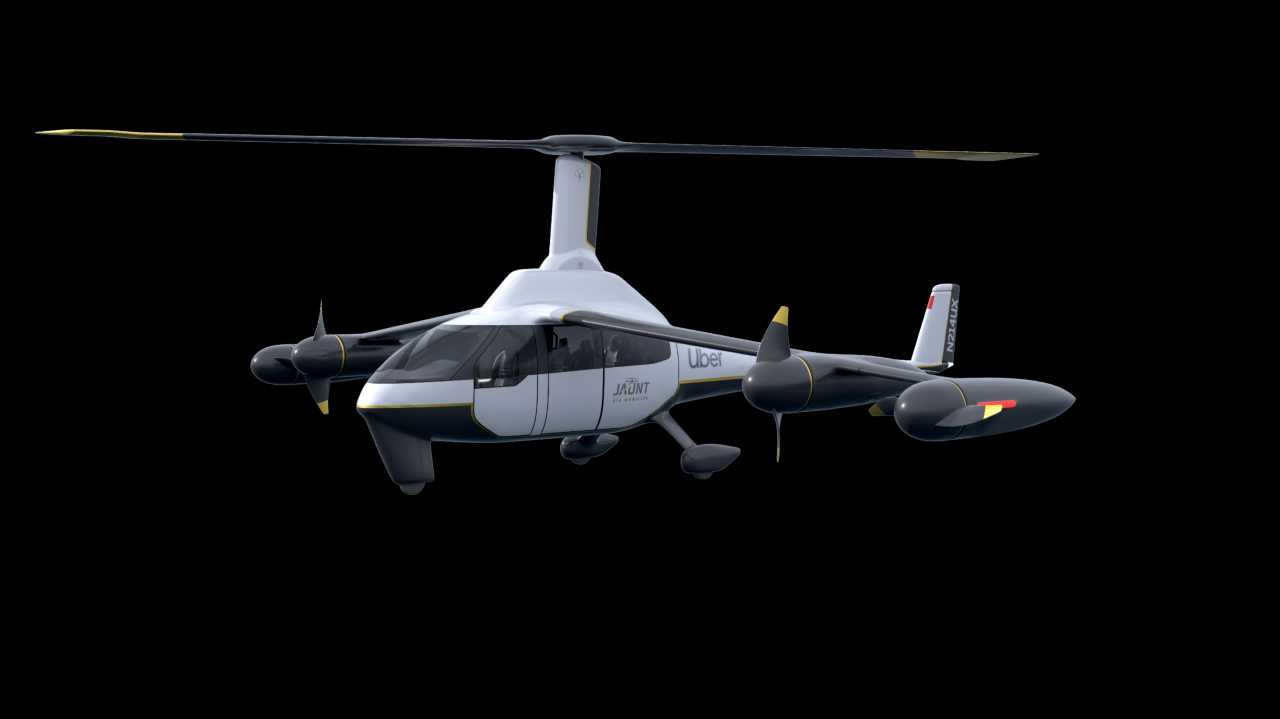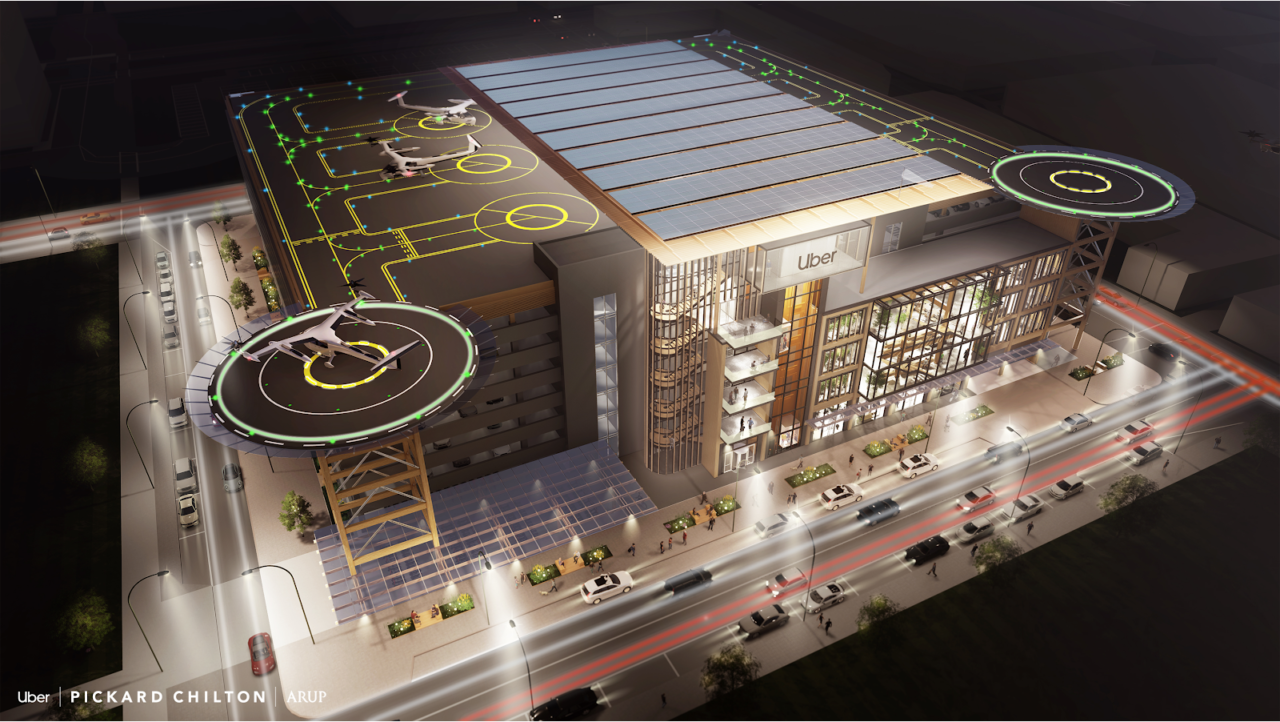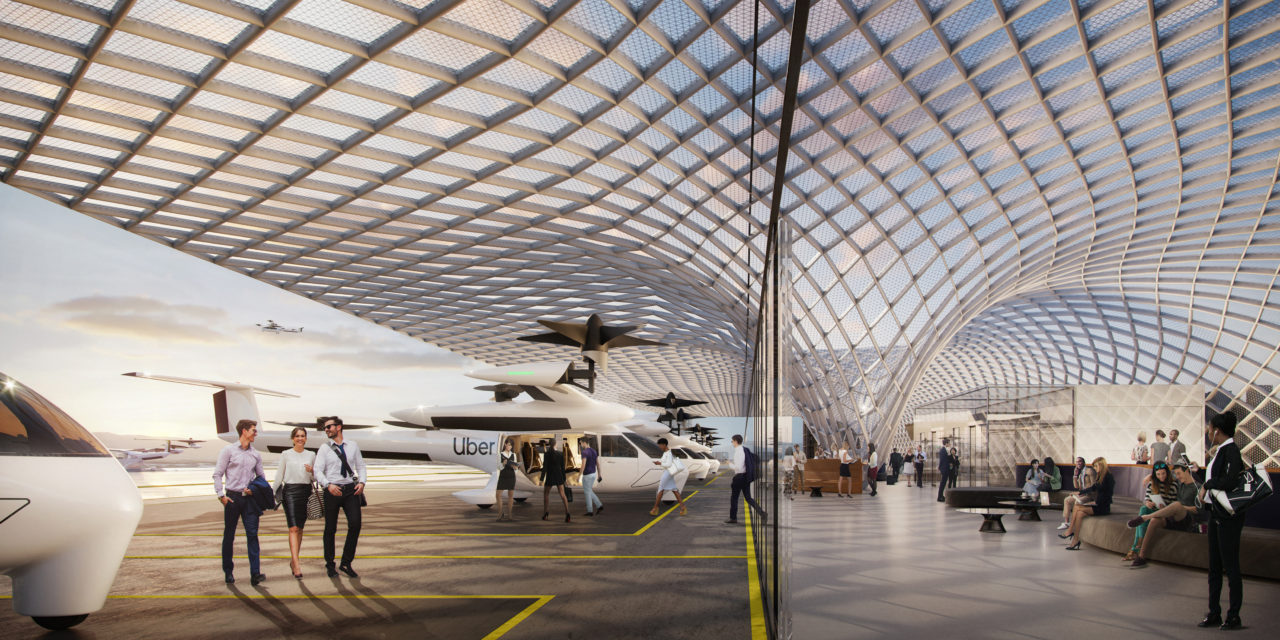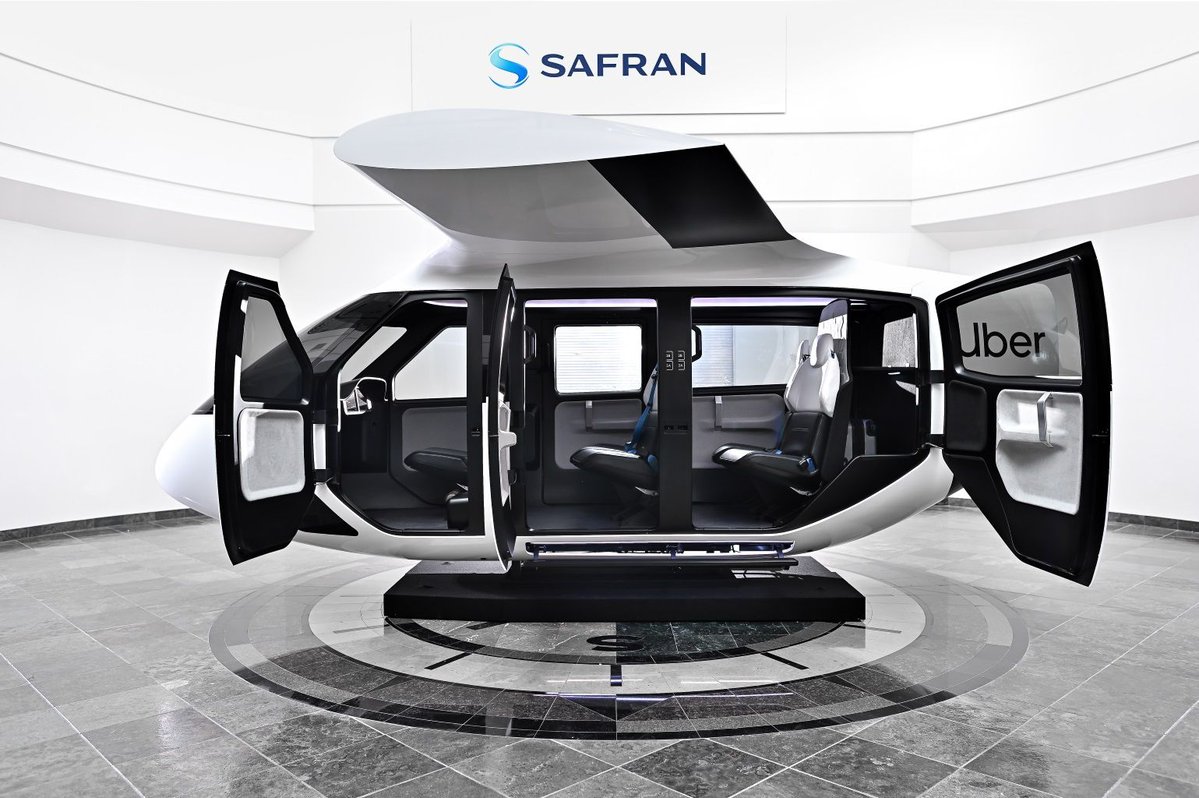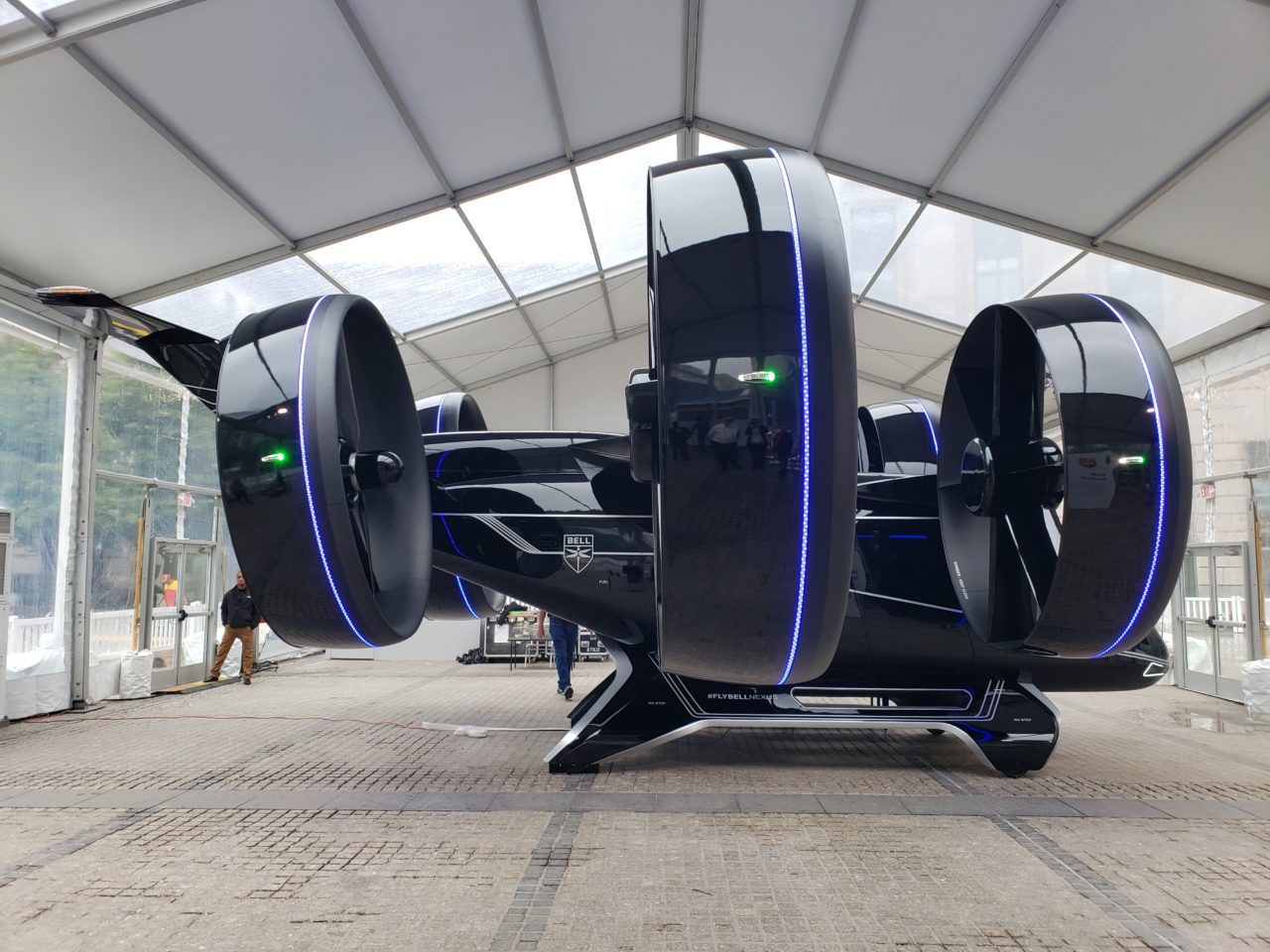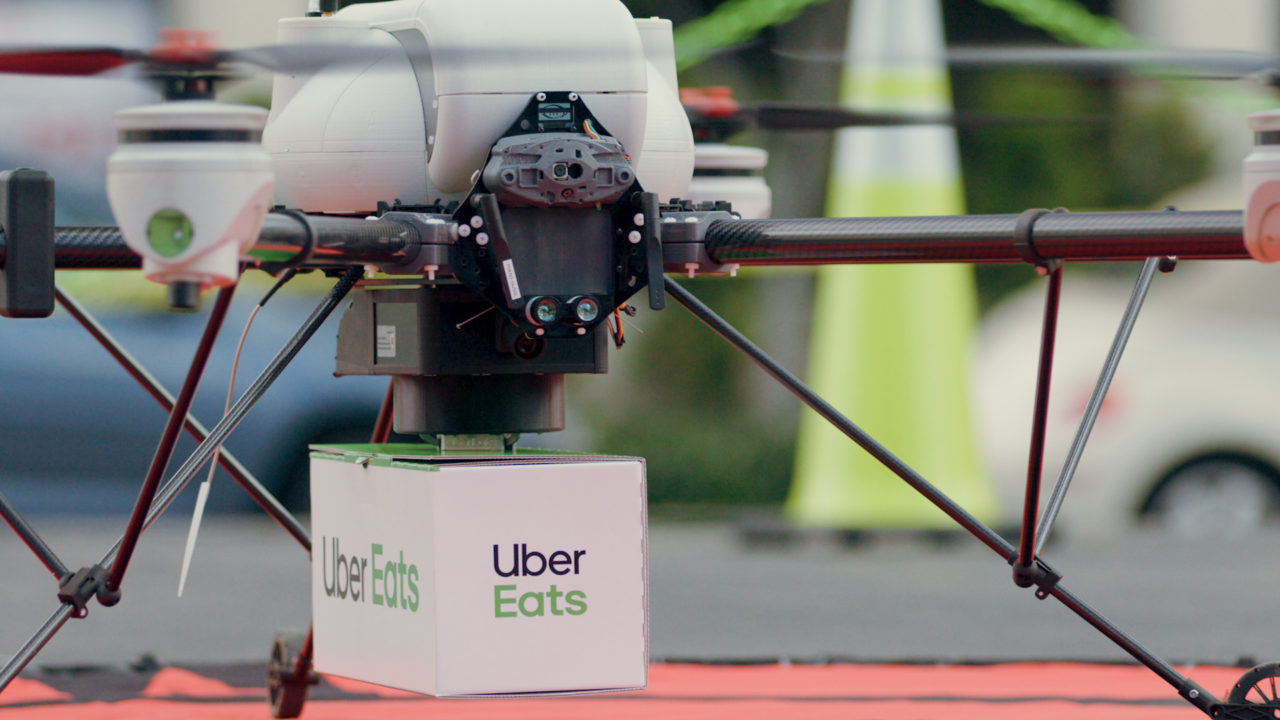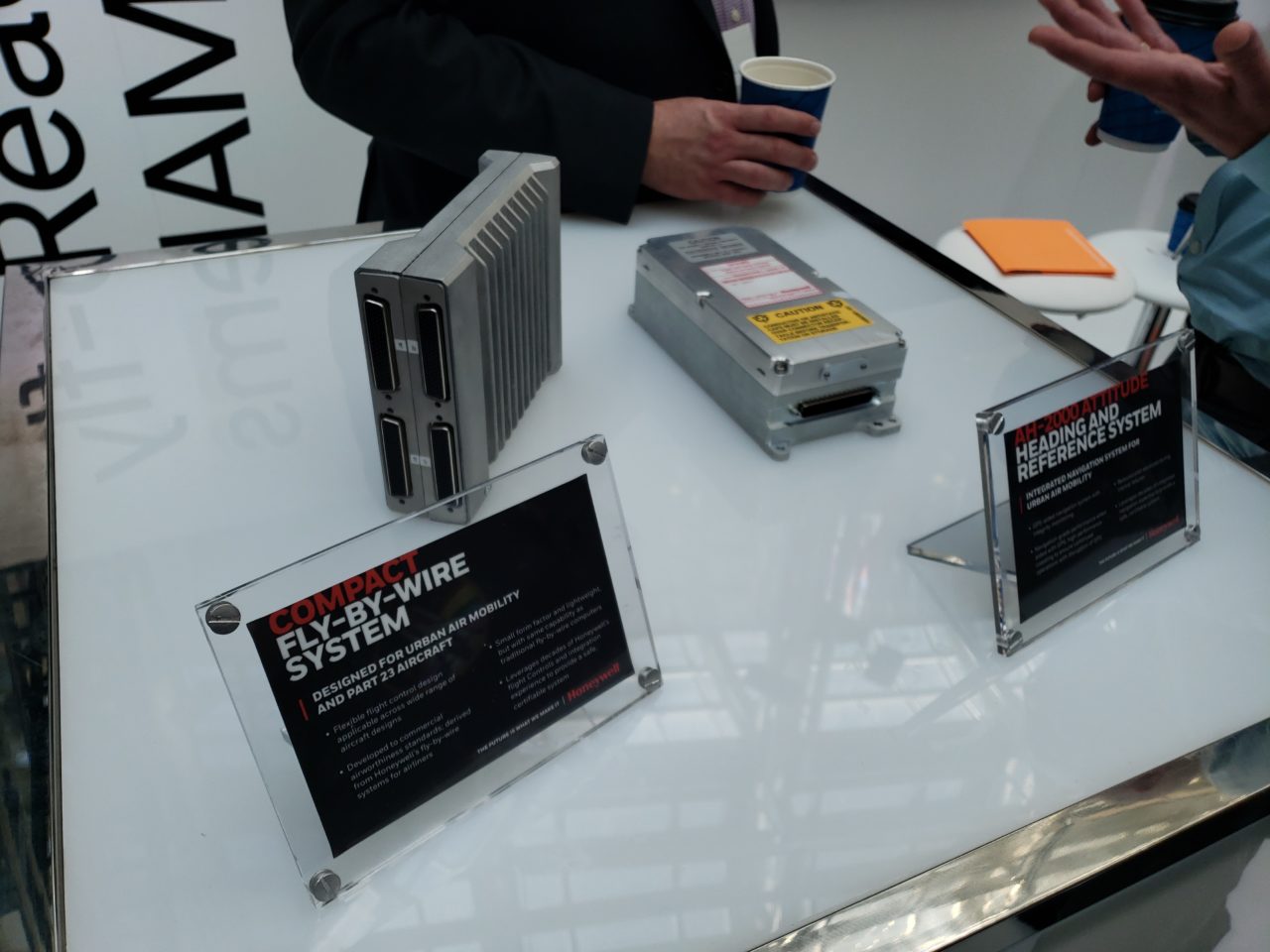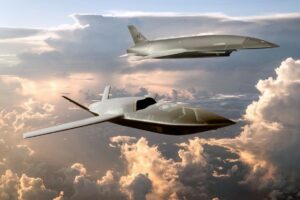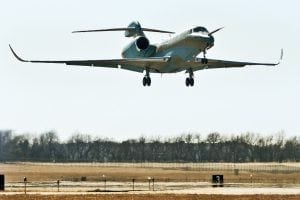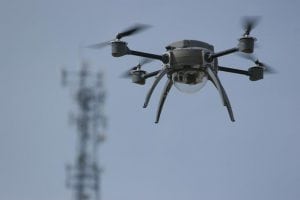Uber Elevate: All the Highlights from UAM’s Biggest Show
By Nick Zazulia | June 13, 2019
Send Feedback | @NickZazulia
Uber’s third annual Elevate Summit has closed, and you can be forgiven for missing some of the announcements which hit downtown Washington fast and hard. Luckily, Avionics is here to round them all up for you in one place.
Uber’s New Vehicle Partner: Jaunt
Elevate came out of the gate with four manufacturing partners: Bell, EmbraerX, Pipistrel Vertical Solutions and Boeing subsidiary Aurora Flight Sciences. At last year’s Uber Elevate Summit, the company added Karem Aircraft to that list. This year, Jaunt Air Mobility makes six. Uber’s engineering director for aviation, Mark Moore, said the company feels no need to limit the partnerships, seeing itself as an Amazon-like marketplace for any vehicle that meets the safety and mission requirements Uber sets forth. That said, Jaunt is already a bit behind the curve of Uber’s ambitious 2023 launch schedule, with Moore acknowledging that he thinks “Jaunt’s certification will be slightly later.”
To read about the newest eVTOL concept to win Uber’s heart and its unique slowed-rotor technology, check out our story on Jaunt’s announcement as Uber’s sixth manufacturing partner.
Check here for more on Jaunt.
Uber Down Under
Uber’s first two locations will be the Dallas-Fort Worth metropolitan area and Los Angeles, but the company has long said it wants to go global with its UAM offerings. Company leadership has been visiting and looking into international cities including Mumbai, Tokyo, Santiago, Mexico City, Sao Paulo, and Paris. Ultimately, the first city outside of the U.S. to receive the Elevate service will be Melbourne, Australia.
When choosing a location, Uber looks at five primary factors, according to head of public policy for aviation Kate Fraser:
- Whether the economy is viable
- Climate: Meteorological conditions have to be conducive, particularly needing good visuals on most days early on
- A favorable regulatory environment
- Uber must have a successful ground business in the area to tie into, as the company is looking at UAM as part of a whole ecosystem of travel, not a standalone.
- Existing infrastructure and routes, which can speed up adoption
Check here to read about the Melbourne announcement.
A focus on Skyports
Uber made a slew of announcements signaling movement on the infrastructure front as it prepares cities for its aerial invasion.
Real Estate and Design Partners
To that end, the company has announced that the first skyport will be built in Santa Clara, California by newly announced real estate partner Related Companies. Related has a 240-acre urban development in progress there.
The second planned Skyport will go up in the Dallas-Fort Worth area of Texas with Hillwood, another Uber real estate partner (though the first announced).
Skyports can be built onto preexisting parking garages, hotels and airports, or constructed on their own, and Uber is already talking about the construction of eventual Megaports — eventual multi-platform buildings to facilitate thousands of takeoffs per hour. In addition to landing pads for eVTOL vehicles, Uber wants its dedicated Skyports to have pickup/dropoff locations for Uber ground transportation, Uber Eats café seating and even charging areas for Uber electric bikes and scooters; an Uber-centric multi-modal mobility hub.
Outside of the developers, Uber also has a series of architectural design firms coming out with their visions of what a Skyport might look like.
Skyport Operations
Uber is partnering with Signature Flight Services to conduct Skyport operations, the company announced. Signature operates more than 200 private aviation terminals globally, and will get involved in logistics and management for the undertaking that is the Skyports. Signature’s role with Uber will start earlier than that, as it is also partnering on Uber Copter, Uber’s UAM solution using traditional helicopters set to launch in New York next month.
“We’re the proud partner for fulfilling [Uber Copter] and making that a reality. And that’s really just a building block for us to test and learn so that we can go and apply it to flying eVTOL,” said Shawn Hall, Signature’s chief commercial officer.
Check here to read more about Uber’s real estate and operations partners and here to see the design visions for future skyports.
Safran Cabin Design
At Elevate, Safran and Uber unveiled their design for an eVTOL cabin, featuring seats and windows positioned to maximize each passenger’s legroom, privacy and view. Wide-swinging doors are meant to be inviting while expediting the embark/disembark process, since efficiency on the Skyport will be crucial.
Uber has no plans to make its own vehicles, but Safran sees a partnership with the rideshare company as setting it up to pitch its generic cabin to any manufacturing partner with full confidence that it is tailored to the Uber mission that everybody is trying to meet. Hear from Safran Cabins’ executive vice president Scott Savian and read about our hands-on with the modular, customizable compartment here.
Check here to read more about Safran’s eVTOL cabin.
AT&T as Connectivity Provider
Always-on connectivity will be a must in the world of UAM. Uber and its partners plan to automate as much of the vehicle operation as possible — and eventually transition to unmanned operation — which demands a vehicle that is always receiving and sending out data, functioning as part of a connected fleet. In pursuit of that goal, Uber announced AT&T as a connectivity partner to pursue how LTE — and 5G, when available — can best serve eVTOL and cargo drones. The companies said that while they’re exploring general 4G and 5G use now, future projects may include edge computing and network slicing.
Food Delivery by Drone
Uber will begin testing food delivery by drone in high-density urban areas through its Uber Eats service, the company announced at Elevate. Uber has already done some small-scale testing of drone-delivered McDonald’s food in San Diego through the federal drone Integration Pilot Program and is ready to expand out in both location and offering in an attempt to decrease delivery times for Uber Eats. According to Uber, its model envisions drones landing atop parked vehicles for Uber Eats drivers in the area to complete the final leg of delivery and hand the food off to customers. The drone-delivery will rely on Uber’s Elevate Cloud Systems airspace management system, which also supports various apps the company is developing to facilitate other ventures.
Honeywell’s Suite
Honeywell announced its entree into the UAM space later than many other companies. But when it did, it did it with substance. The company is providing tip-to-tail solutions for avionics and propulsion and has already locked up a number of manufacturers to supply. As Elevate came around, the company announced that it would be providing its full suite of systems for new Uber partner Jaunt, and at the show, Honeywell was showing off its bite-sized fly-by-wire and heading and reference systems, an inertial measuring unit about the size of a hockey puck, modular collision avoidance radar and a turbogenerator system with electromechanical actuators.
Check here to read about Honeywell’s fly-by-wire system and here to read about its work on electric powertrains.
Everything Else
That hits the big announcements from the show, but there was more to see, do and hear. To get the full Elevate experience, check out the following stories, too:
- Interim FAA Administrator Dan Elwell talks UAM certification
- The road to putting the ‘e’ in eVTOL
- Uber’s virtual air taxi ride through Northern California
- All the eVTOL concepts on display at Elevate
- The Uber Copter experiment
Want more eVTOL and air taxi news? Sign up for our brand new e-letter, “The Skyport,” where every other week you’ll find the most important analysis and insider scoops from the urban air mobility world.


